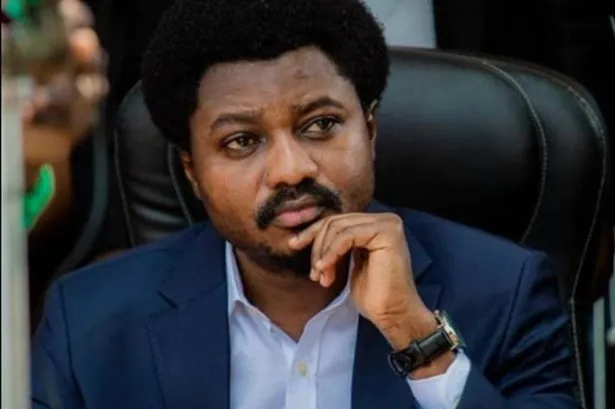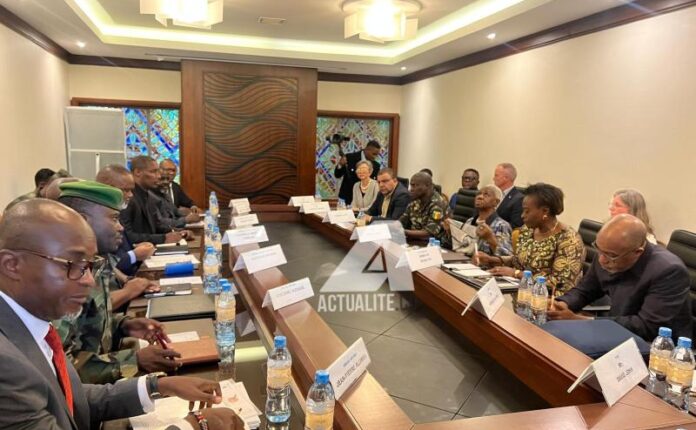Goma, located in the heart of eastern Congo, now feels more peaceful than it has in years. After a past marked by relentless conflict and a seemingly endless humanitarian crisis, the city has slowly but surely begun to rebuild. Peter Fahrenholtz, a former German diplomat, is one of the privileged witnesses to this transformation. He chose to come to the field, to see with his own eyes rather than rely solely on media reports or official statistics.
Note: Company, Blog, Church websites are free.
“No humanitarian crisis here,” declares Peter Fahrenholtz as he observes the vibrant life in Goma’s streets. The relative calm that has taken hold in the city is tangible. Markets are bustling with vendors and shoppers. Children are playing in the streets a scene that, just a few years ago, would have seemed unthinkable. The University of Goma, once closed for years due to violence, has reopened. Students have returned, eager to resume their studies and contribute to rebuilding their country.
One of Goma’s biggest challenges has been establishing the rule of law. Instability, violence, and abuse of power had long eroded public trust in institutions. But today, that process is underway. Though challenges remain, legal structures are gradually being restored, and local authorities appear more determined to ensure security and uphold human rights.
Perhaps the most profound change is seen in the lives of internally displaced people. Hundreds of thousands of Congolese had fled their homes due to conflict, seeking refuge in camps or other regions. Now, many are beginning to return. They are finding not just their homes, but a city seemingly ready to welcome them back with greater stability and a glimmer of hope for the future.
Peter Fahrenholtz doesn’t just report facts he bears witness to a tangible reality: a city in the midst of rebirth. “What I see here is a resilient people, a community refusing to be broken by past crises. There is a real will to build something better for the future,” he says. His outsider’s perspective far from UN offices and international conferences delivers a powerful message of the Congolese people’s resilience and determination.
While significant progress has been made, much work remains. Goma’s reconstruction process is still fragile, and continued international support is essential. But hope is being restored. For the first time in years, the city seems to be turning the page on a painful past, and looking toward a more stable and prosperous future.



